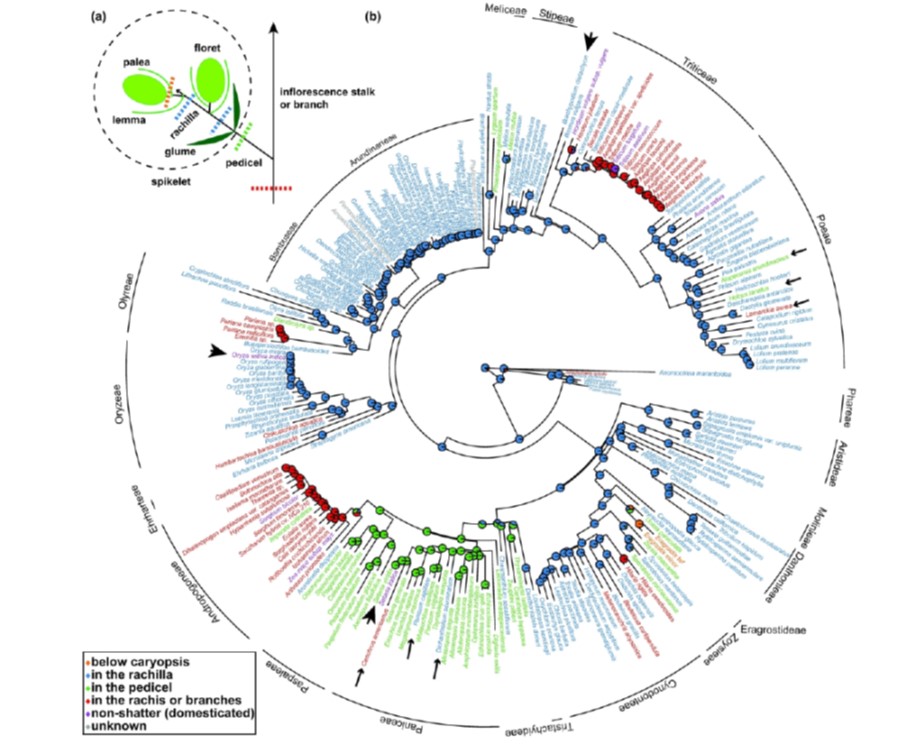
Divergent gene expression networks underlie morphological diversity of abscission zones in grasses ($)
Plant Science Research WeeklyGrasses scatter their seeds through the process of cell abscission. Losing this trait, in a process known as loss of shattering, was an early step in the domestication of cereals. Interestingly, the abscission zone (AZ) is positionally and morphologically different in different cereals. In order to understand…
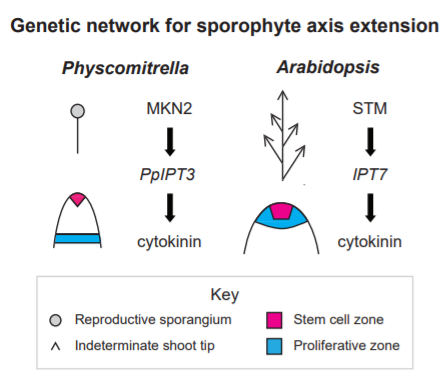
A KNOX-cytokinin regulatory module predates the origin of indeterminacy (Curr. Biol.)
Plant Science Research WeeklyIn vascular plants, new organs (e.g., leaves) are produced continuously from the shoot meristem, a process coined indeterminacy. The sister lineage of vascular plants, bryophytes, develop differently, ending with the formation of a determinate spore-bearing shoot (sporangium). The genetic underpinning…
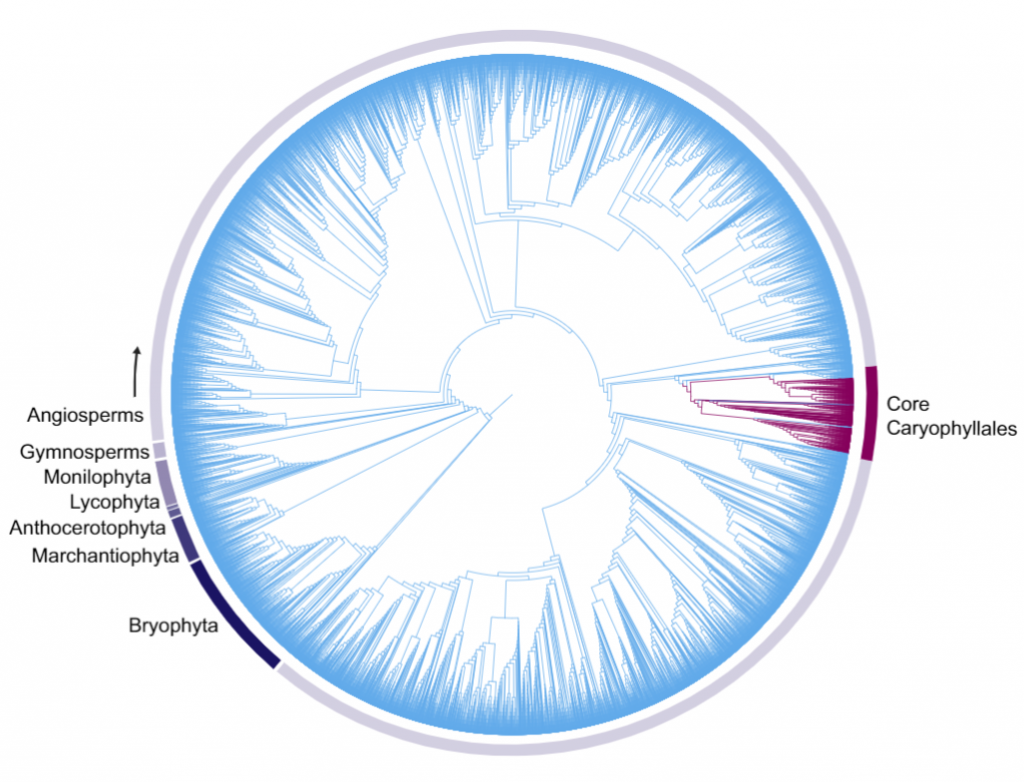
Review: The evolution of betalain biosynthesis in Caryophyllales (New Phytol)
Plant Science Research WeeklyIn the flowering plant order Caryophyllales (which includes beets), betalains substitute for anthocyanins, which are the most common form of pigmentation across the land plant phylogeny. Also found in the Basidiomycota fungal lineage, betalains are tyrosine-derived pigments that comprise of two groups…
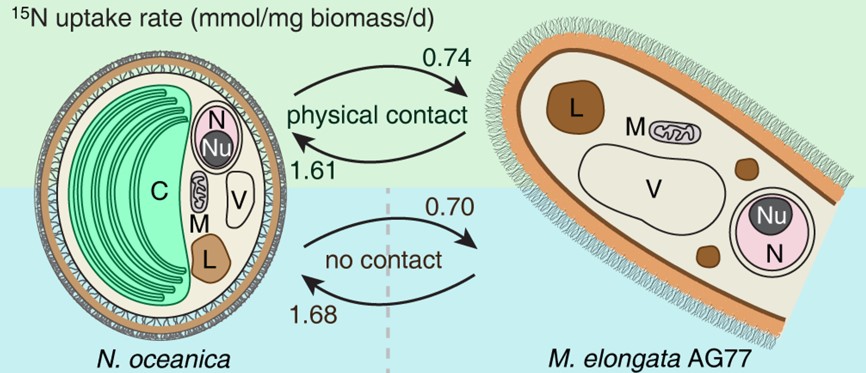
Algal-fungal symbiosis may account for the origin of basal land plant species (eLIFE)
Plant Science Research WeeklyLight serves as the source of energy as well as an information signal for photosynthetic plants. During evolution, plants have acquired the ability to monitor environmental light radiation and adjust their developmental patterns to optimally utilize light energy for photosynthesis. However how the early-diverging…
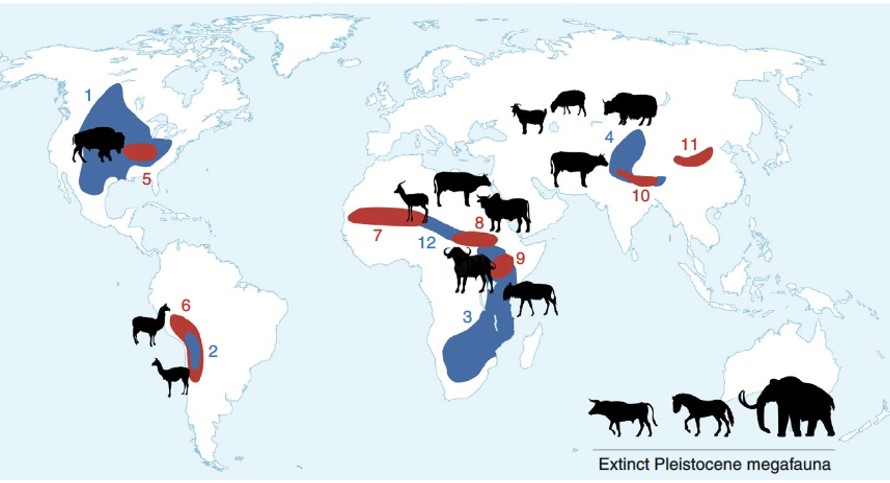
Perspective: Grazing animals drove domestication of grain crops (Nature Plants)
Plant Science Research WeeklyHere’s an interesting question: Without human intervention, why would one find a dense stand of plants, growing in rather nutrient-rich soil? Perhaps you recognized that these conditions suggest seed dispersal by endozoochory, which involves passage through an animal's digestive tract. Spengler and…
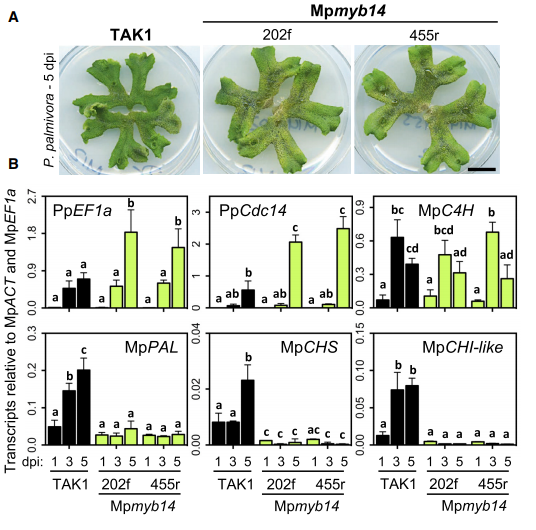
Conserved biochemical defenses underpin host responses to oomycete infection in liverwort (Curr Biol)
Plant Science Research WeeklyMarchantia polymorpha is an emerging model for plant molecular biology and has contributed to studies on development and plant-microbe interactions. Here, using RNA-seq and proteomics, Carella et al. present a detailed time-course analysis of Marchantia molecular responses to pathogen infection triggered…
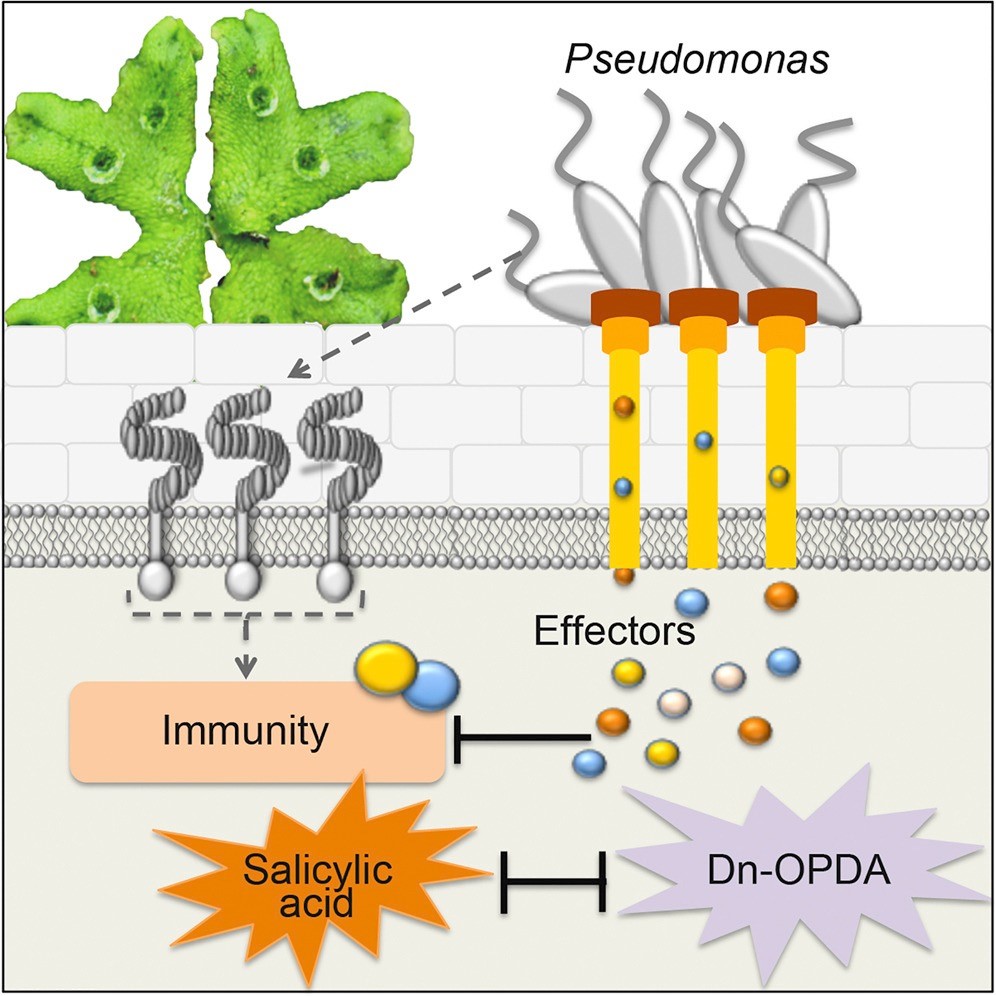
A liverwort-Pseudomonas interaction reveals an ancient plant defensive mechanism (Curr Biol)
Plant Science Research WeeklyPlants are sessile organisms that have evolved sophisticated immune systems in defense of pathogens, thus maximizing the chance of survival. Most of our understanding of plant defenses comes from studies in angiosperms. Evolutionary molecular plant-microbe interactions (EvoMPMI) can reveal the origins…
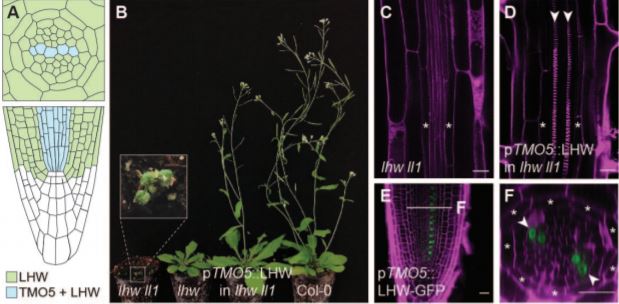
Evolution of vascular plants through redeployment of ancient developmental regulators (bioRxiv)
Plant Science Research WeeklyLand plants (Tracheophytes), utilize the well-developed vascular tissue for conducting water and other nutrients necessary for plant growth. In Arabidopsis and other land plants, the key player of vascular cell division is well characterized and this includes the TMO5-LHW (TARGET OF MONOPTEROS 5 –…
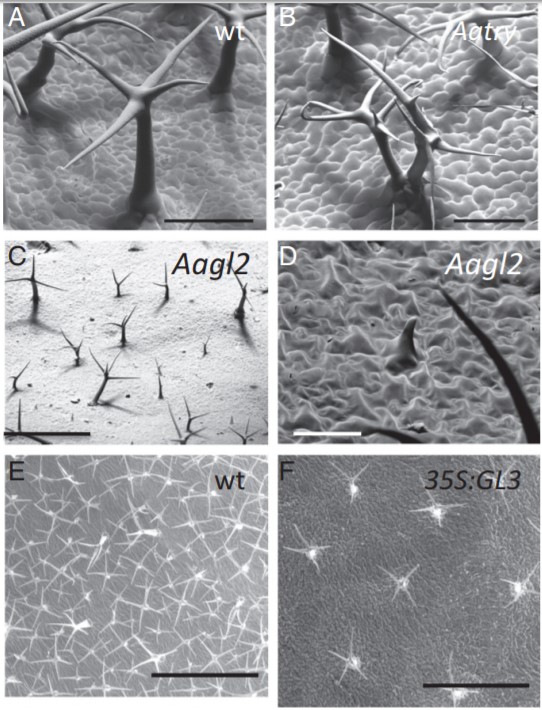
Genetic and Molecular analysis of trichome development in Arabis alpina $ (PNAS)
Plant Science Research WeeklyTrichomes (plant hairs), arise from epidermal cells of plants. The molecular mechanism involved in the development of trichomes of plants has been well studied in Arabidopsis thaliana. In this paper, Chopra et al. have identified key regulators of leaf trichome development in Arabis alpina, a species…

